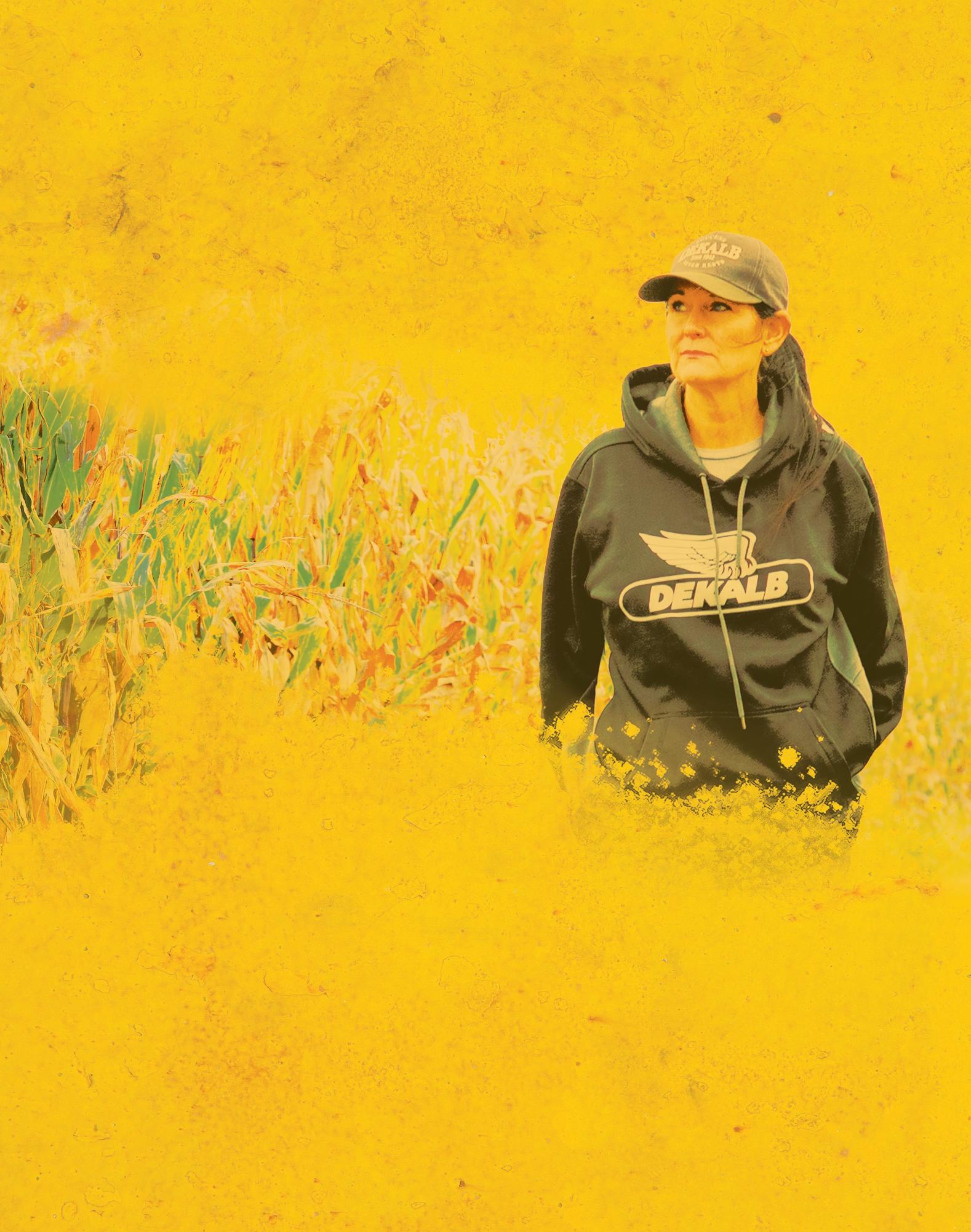SPRING
PREVIEW Planting Season
FACTORS AFFECTING CORN AND SOYBEAN PRICES, ACREAGE PREDICTIONS, AND MORE
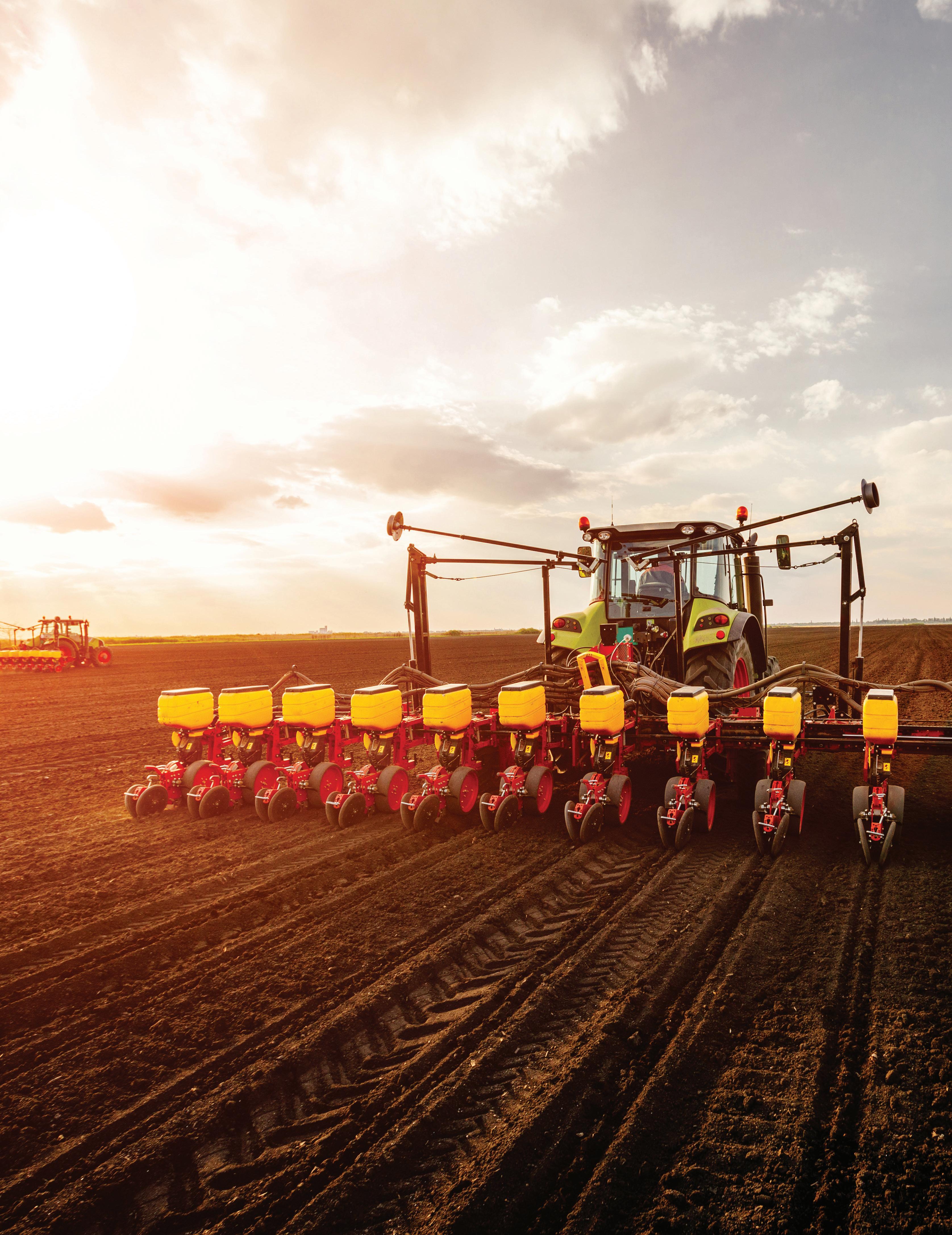
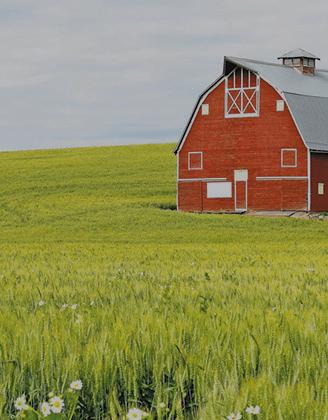



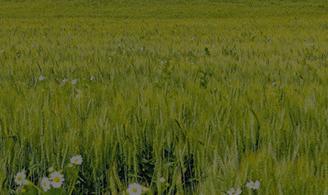

DeKalb County
4 MARKET IMPACT
Various factors affect corn and soybean prices; experts forecast acreage for 2023 crops
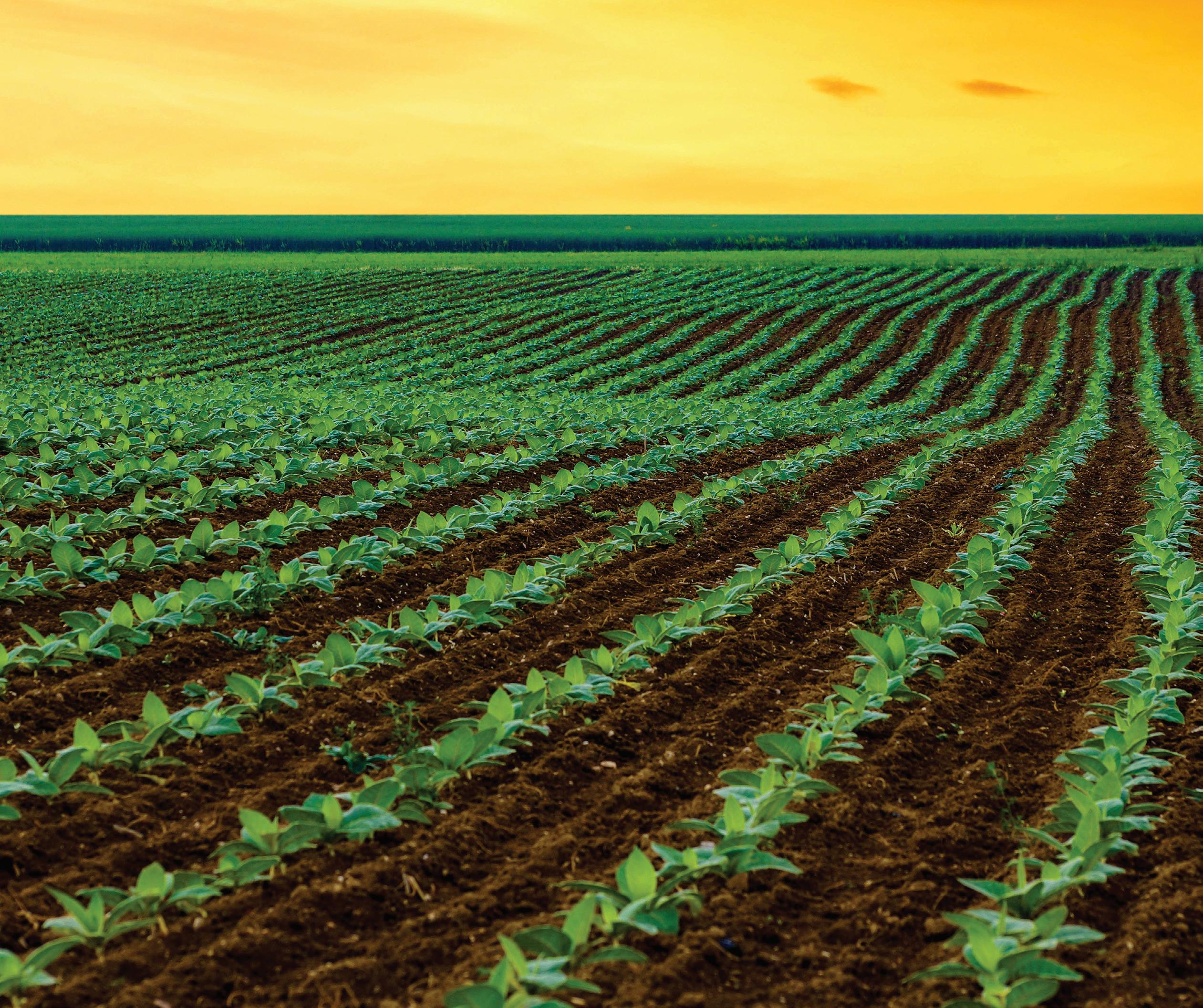
6 SOYBEANS OR CORN?
With non-land costs on the rise, the choice is a coin flip based on expected returns
8 NO MAJOR CHANGES
Conservation programs expected to stay the same in 2023 farm bill
10 A GLOBAL LOOK
South American farmers expand production with double, triple cropping
Published by Shaw Media
Project Manager: Lisa Angel
Design & Layout: Julie Barichello
VARIOUS FACTORS IMPACT
CORN, SOYBEAN MARKETS
By Martha Blum | AgriNews PublicationsAcreage predictions for planting season
After heavy soybean acres in 2022, higher corn acres expected in 2023
As farmers focus on the 2023 planting season, the number of acres planted each year has been quite steady, according to Joe Janzen.
Historically high corn and soybean prices don’t tend to last for a long period of time.
“For 2022, we ended the year higher than we started, which was a bit of surprise, but it was a pretty bumpy road along the way,” said Joe Janzen, University of Illinois assistant professor of agriculture and consumer economics.
“The market maintained an inverse where old crop is higher than the new crop through the year for both corn and beans,” Janzen said during a presentation in DeKalb at the 2023 Illinois Farm Economics Summit, hosted by University of Illinois Extension and the farmdoc team from the U of I Department of Agricultural and Consumer Economics.
“That signals to us that the world supply and demand will ease somewhat going into the future, and by the fall of 2023, the market expects lower prices,” he said.
Janzen highlighted some of the factors that affected corn and soybean prices during 2022.
“South America harvested a much smaller crop in early 2022 than normal, which lit a fire under the bean market, moving it to just sub$15,” he said.
Then there is a war in Ukraine.
“That is more of a corn and wheat story, which got us to high prices levels,” Janzen said. “In the summer, the Ukraine/Russia grain deal made it possible to move some of the grain tied up in Ukraine, which eased the overall expectations about supply and demand.”
Strength came back into the markets when the U.S. corn and soybean crops were not as big as anticipated.
“The corn prices moved back to $7 coming into harvest,” Janzen said. “That’s relatively rare for the market to rally at harvest. That’s not a typical story.”
There has been a little strength in the soybean market on the basis of South American weather.
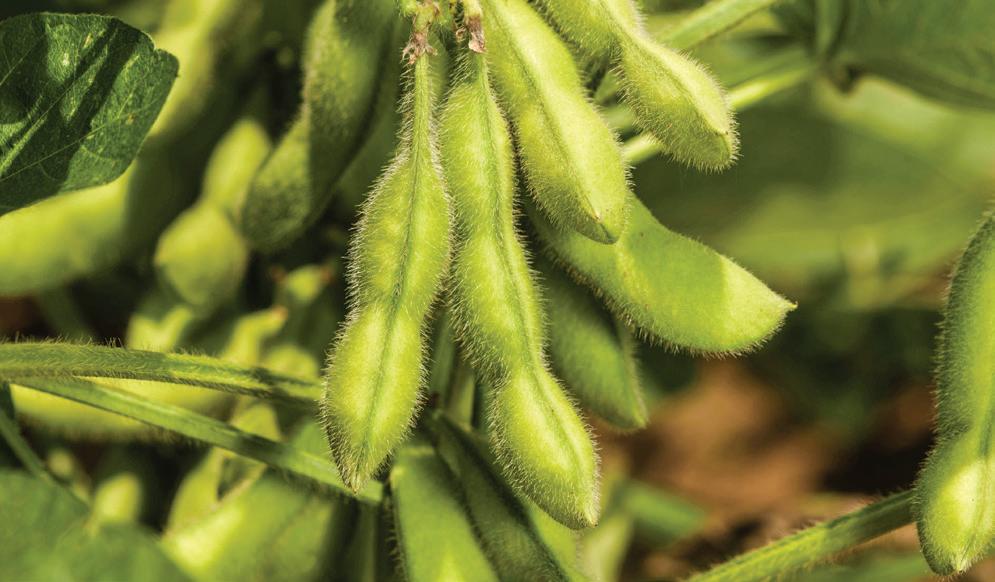
“That is something the market will trade for the next month or so as harvest ramps up in that part of the world,” Janzen said. Although there has been a lot of volatility in the corn and soybean markets, Janzen said, there was a lot more volatility in the wheat market.
“Starting with the war between Russia and Ukraine, the rally almost doubled the wheat future prices and then the market gave all that back mainly in the summer with the Russian grain deal,” he said.
“Russia has a huge wheat crop and other parts of the world harvested substantial amounts of wheat,” he added. “The world doesn’t need U.S. wheat in the same way it needs corn and soybeans because the world has a lot of places it can go for wheat.”
Corn exports have been soft during the last year.
“There was a little strength in November when Mexico made significant purchases of U.S. corn,” Janzen said. “That was one of the biggest single purchases of U.S. corn in history, but it was not enough to get us close to the pace we need to be on to meet expectations.”
If corn export demand continues to be soft, that helps to rebuild stocks.
“When the stocks-to-use ratio is below 10%, we’re in volatile prices like we’ve seen during the last two years,” Janzen said. “Above 10%, corn prices need to move lower to ration supply and demand.”
The export pace for soybeans has been rather strong, above the trend-line level, Janzen said, even with a large South American corn and soybean crop coming to the market.
“Export sales tend to slow this time of the year because supplies are coming to the global market from South America,” he said. “But we should be able to get to the projected level based on sales that we’ve made already this year.”
“The number of acres planted to all crops is about 320 million acres over the last decade,” he said. “There is maybe a little room to expand acres in 2023, but we’re not going to see a surge in planted acres.”
Soybean prices are typically two to three times more than corn prices.
“When the price is closer to two, the market is favoring corn and when it is closer to three, the market is favoring beans,” Janzen said. “The breakeven level is around 2.3 and the signal is pretty neutral right now.”
For corn acres, Janzen expects U.S. farmers to plant a little more than 92 million acres.
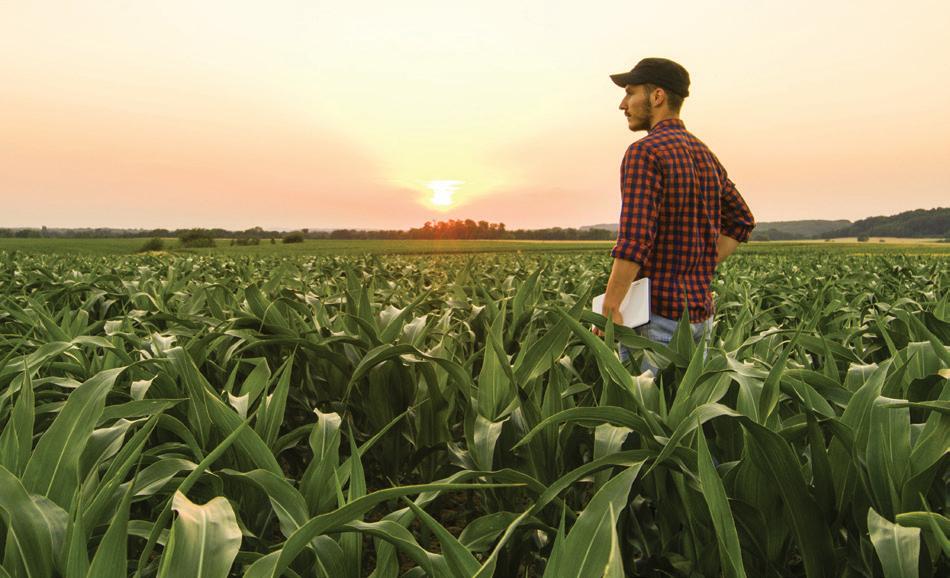
“That will help us rebuild corn supplies,” Janzen said.
“For the feed and residual use, I’m not as optimistic as the USDA because I think there’s a lot of uncertainty in the cattle business and there’s a growing realization that Brazil will be a strong competitor in the global market especially for corn moving into China,” he said. “Chinese export demand has been a source of strength for our exports.”
“I think $6-plus corn persisting for a third consecutive year is unlikely,” he added. “We could get a production surprise, but that is not something we want to bet on.”
Janzen expects more strength in the soybean market in 2023 than the corn market.
“We have really strong domestic demand including the crush plants being built to meet the demand for renewable diesel,” he said. “That is not something that will move the market 50 cents in a day, but it is something providing strength to the soybean market.”
The market signals are neutral for farmers to plant corn versus soybeans in 2023, Janzen said.
“We went heavy on soybean acres in 2022, so that suggests higher corn acres in 2023,” he said.
Overlooking nothing. Ready for everything.


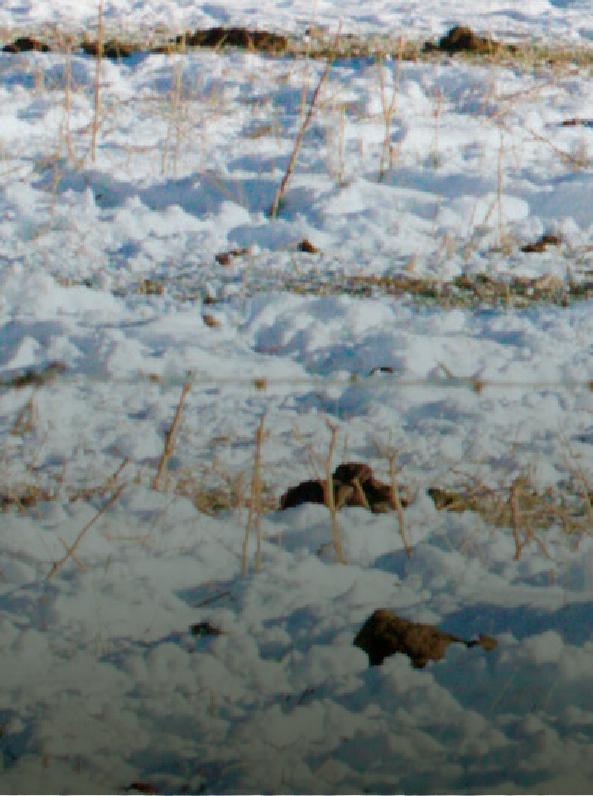
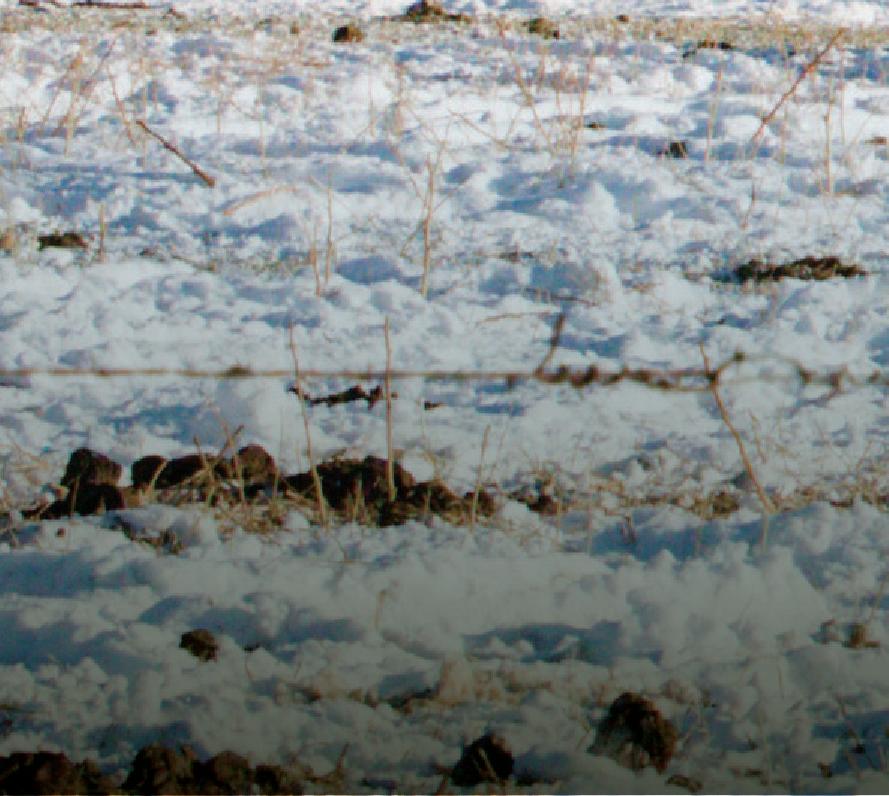
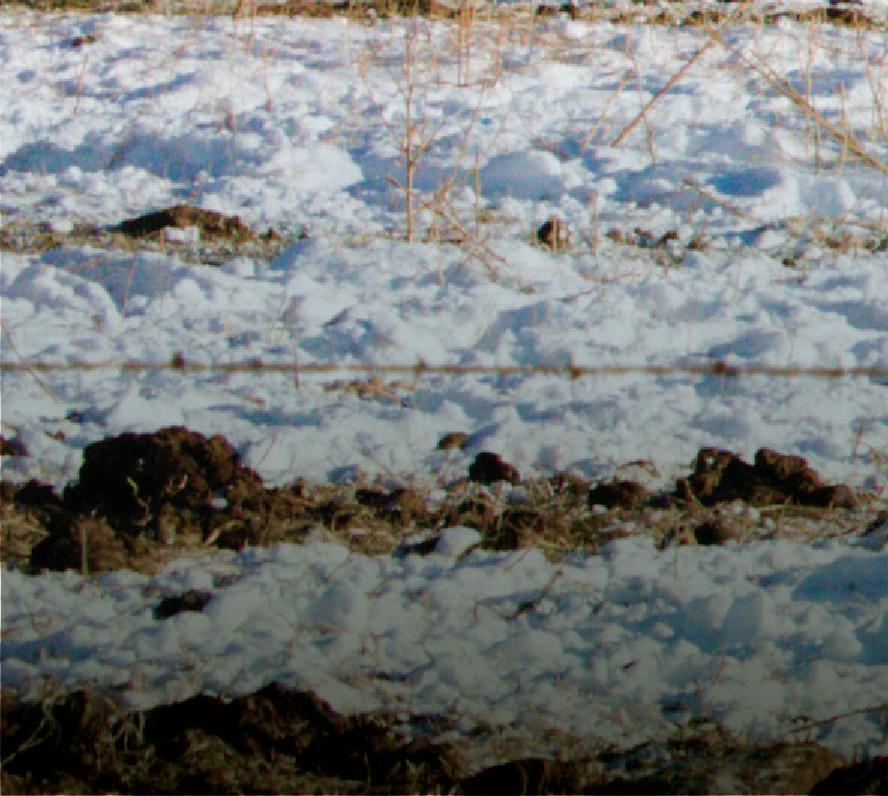
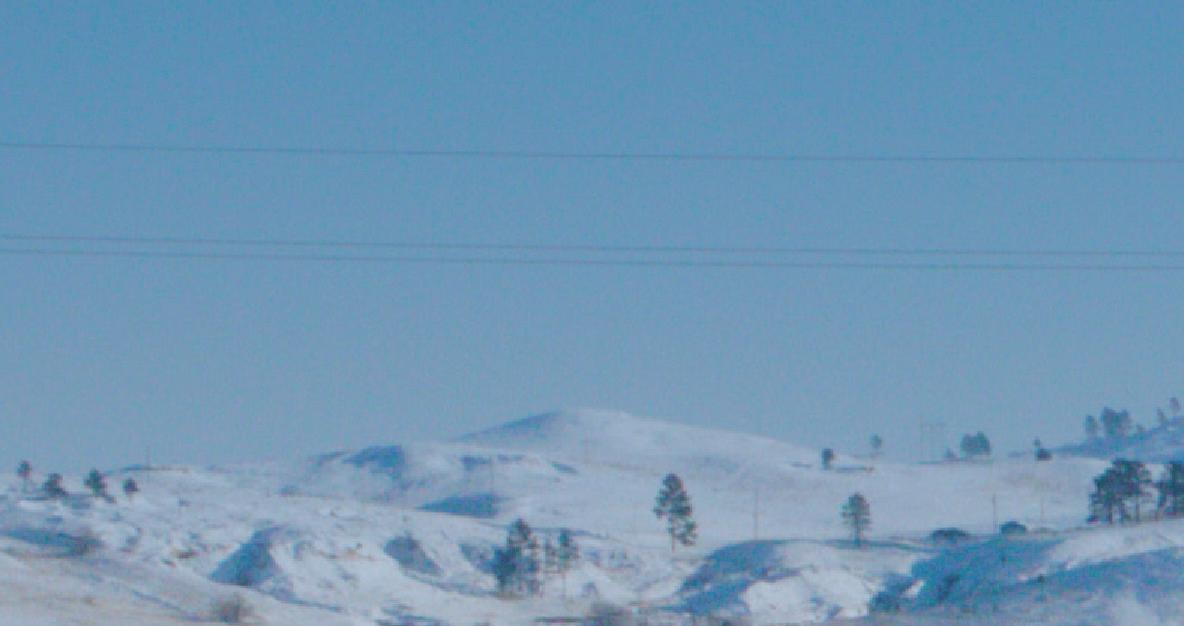



Farmers and ranchers, the world relies on you. And you deserve a bank that’s rooted in the details and dedicated to helping you do more.
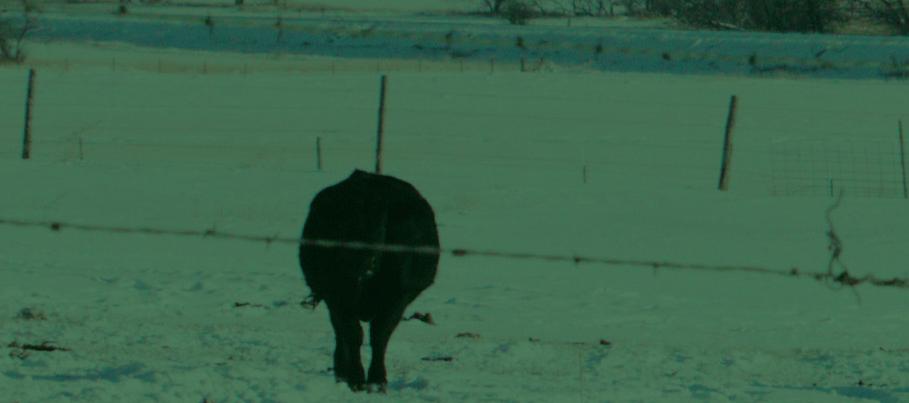


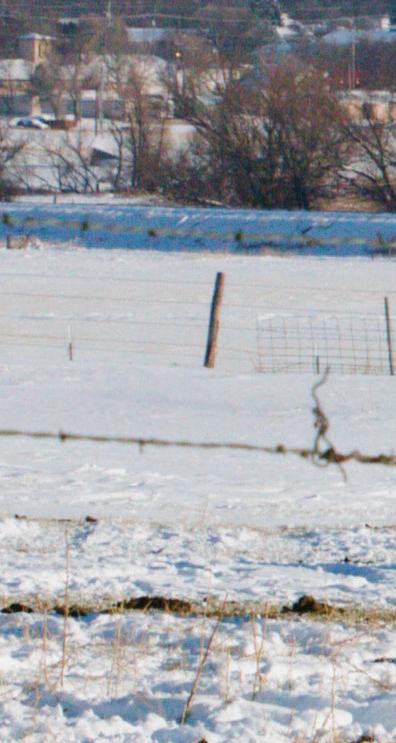
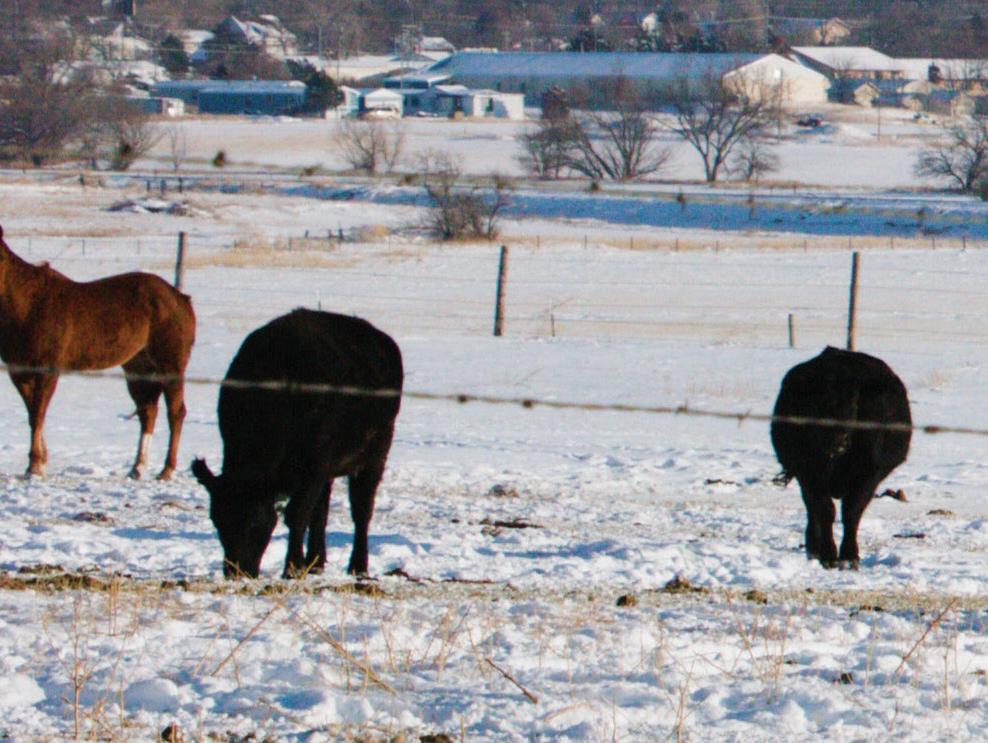
CORN? SOYBEANS or
The choice is a coin flip based on expected returns
By Martha Blum • AgriNews PublicationsIllinois corn and soybean yields since the 2012 drought have been consistently good and above the trend yield.
“The one exception was in 2019, when we had wet weather in the spring,” said Nicholas Paulson, University of Illinois professor of agricultural and consumer economics. “It’s been a while since we experienced a bad yield year in the Midwest.”
For production costs in northern Illinois, there was an increase during the ethanol and soy export expansion period from the late 2000s to the early 2010s, Paulson said during a presentation in DeKalb at the 2023 Illinois Farm Economics Summit, hosted by U of I Extension and the farmdoc team from the U of I Department of Agricultural and Consumer Economics.
“We saw a moderation and slight decline for the period 2013 to 2019 and then big jumps from 2020 to 2022,” he said. “We are projecting another increase from 2022 to 2023 across non-land costs and land costs.”
The big mover for non-land costs is fertilizer.
“There was a $150-plus increase in direct input costs over the last two years for corn and close to $100 increase for soybeans,” Paulson said.
“There are big increases in power costs, as well, and the higher fuel prices are part of this story,” he said. “And in highincome years we also see bigger capital purchases.”
Increases in the overhead category are led by higher interest rates, as well as labor cost increases.
“Put all those together for non-land costs, there is over $200 increase over the last two years for corn and $150 increase for soybeans,” Paulson said.
“The operator and land return, which is the return coming back to the farmer, were records in 2021 and 2022, exceeding $600 per acre for corn and well over $500 per acre for soybeans,” he said. “We’re expecting that to come back down to the $400 level for 2023.”
In comparing corn to soybeans,
Paulson said there were extended periods when corn yielded higher in net return than soybeans.
“During the low price period prior to the last few years, soybeans dominated and over the last three years corn has had the advantage,” Paulson said.
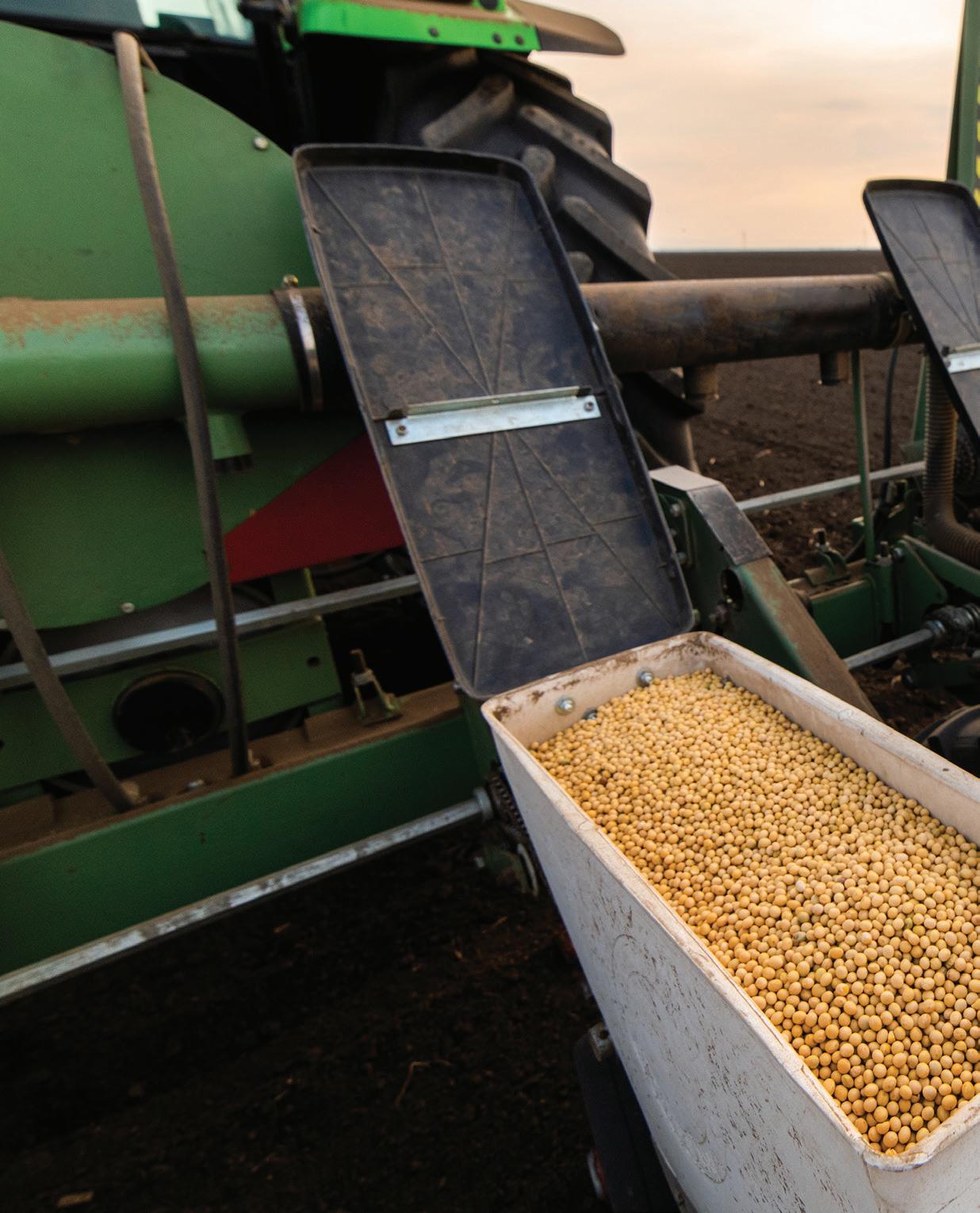
“For 2023, it’s a toss-up based on where we expect prices and production costs to be,” he said. “The longer term rotation considerations will determine acreage decisions for this year because it’s a coin flip whether corn or soybeans look more attractive.”
Anhydrous ammonia prices were in the $500 to $600 range for a number of years prior to 2020.
“Since then, we’ve seen record prices for fertilizers and now we’ve seen anhydrous prices come down a bit from the peak of $1,600 per ton,” Paulson said. “But the prices are still at historically high levels.”
Although some experts may attribute the run-up of fertilizer prices to the Ukraine and Russia war, Paulson said the increases
started in October 2021, prior to the start of the war.
“During the fall of 2021, we had domestic production plant shutdowns that ended up being more extended than thought due to Hurricane Ida and it was also a period where we were rallying corn and natural gas prices were going up,” he said.
“The Ukraine-Russia conflict hit in February 2022, and we did see additional movement up in fertilizer prices, but that is not responsible for getting us to the levels we’re at.”
The United States imports a small portion of the nitrogen and phosphate that farmers use, but most of it is produced domestically.
“The regions we rely on for the relatively small import shares don’t come from the Black Sea region,” Paulson said.
Since energy and fertilizer are global markets, everyone is impacted when something like the Ukraine-Russia conflict occurs.
“I don’t think the U.S. was as prone to the real danger of having access to these products,”
With non-land costs on rise, farmers are faced with a decision
Harvest your opportunities. Grow your future.
Agriculture plays a vital role in the local and global economy. With quality instructors and state-of-the-art facilities, Kishwaukee College is training the next generation of workers to meet the changing demands of the agriculture business.

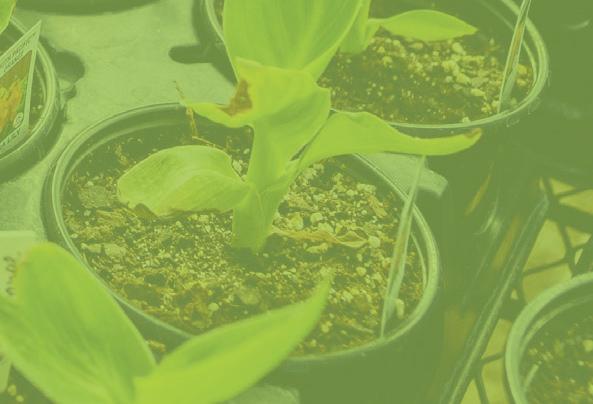
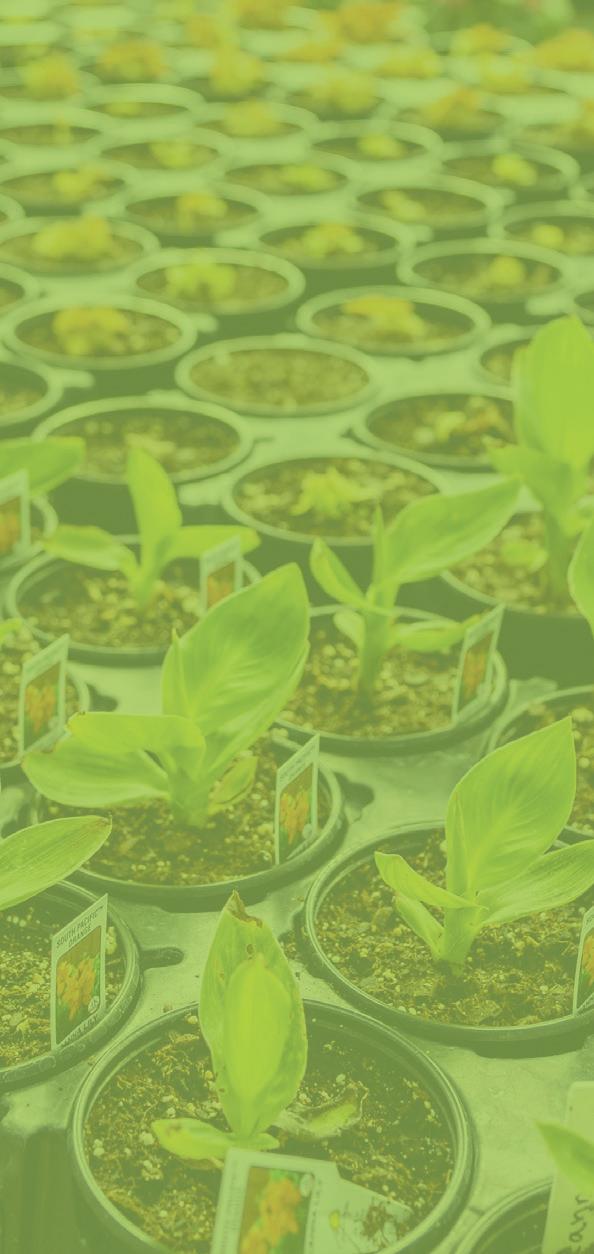

Paulson said. “But South America is more reliant on imports and much more reliant on the Black Sea region, so they had increased prices and supply fears.”
Potash is the exception because the United States does rely on imports for this nutrient.

“Most of it comes from Canada, but we rely on Russia and Belarus for a small portion,” Paulson said. “We’re relatively protected based on our trade partners.”
For Illinois farmers that participate in the Farm Business Farm Management program, the debt-to-asset ratio averages around 20%.
“It varies by age category – the older, more established operators are lower than that average and the younger operators are above that average,” Paulson said. “Over the last few years farms have gotten back to where they were in 2012, so I think we’re
positioned well financially to be ready for a period of lower incomes.”
Production cost adjustments tend to lag with what occurs with corn and soybean prices.
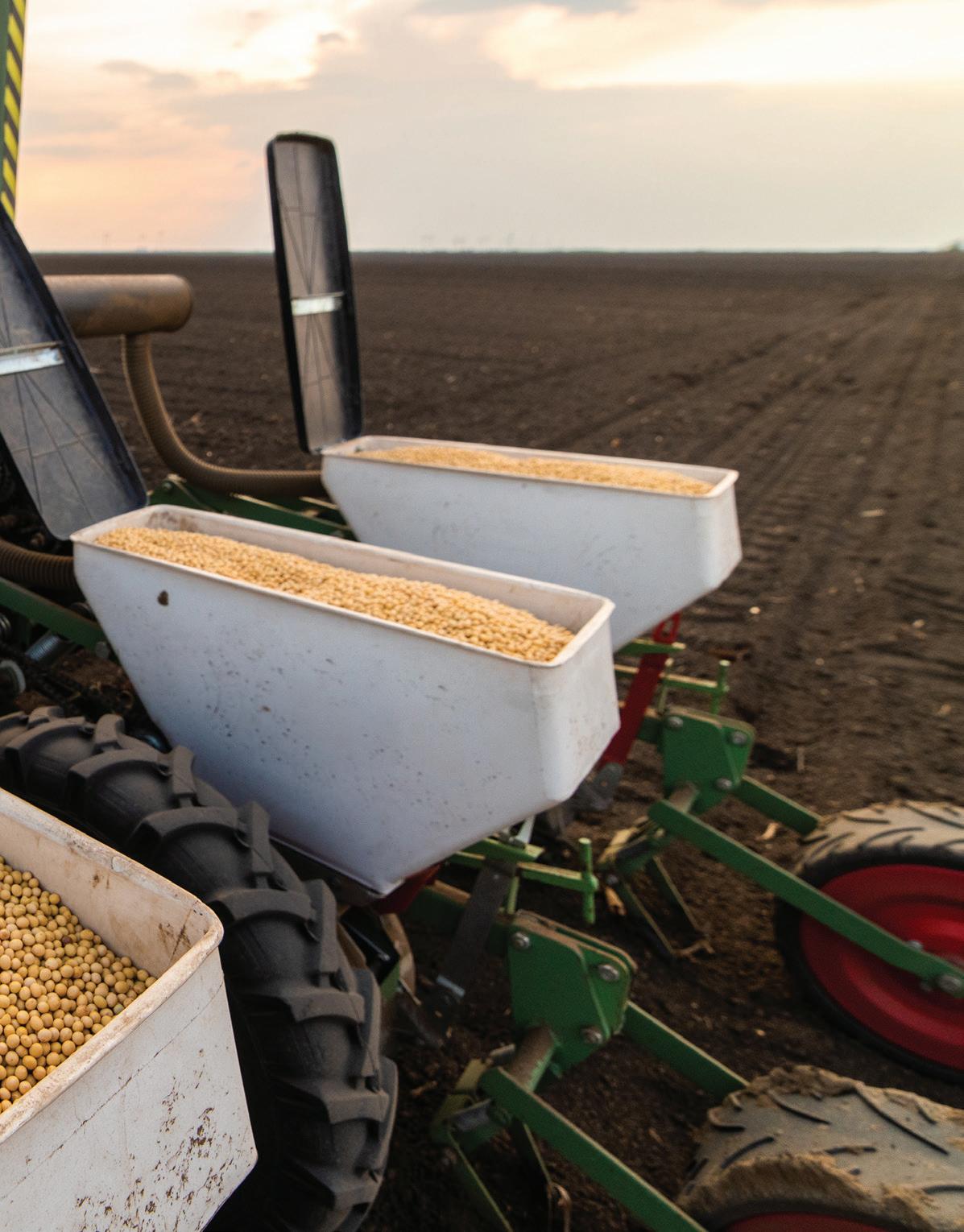
“We’re looking at an adjustment of costs in 2023 and maybe smaller increases in 2024,” Paulson said. “But it might be a few years before we see downward pressure on cash rents or other production costs.”
With inflation rates above interest rates, Paulson said that’s a situation the U.S. economy can’t be in for an extended period of time.
“We’re seeing that inflation is moderating,” he said. “Interest rate increases will probably continue through 2023, but at a slower rate than we experienced over the last year and there won’t be rate declines in the short to medium term.”
AG-RELATED PROGRAMS AT KISH DEGREES
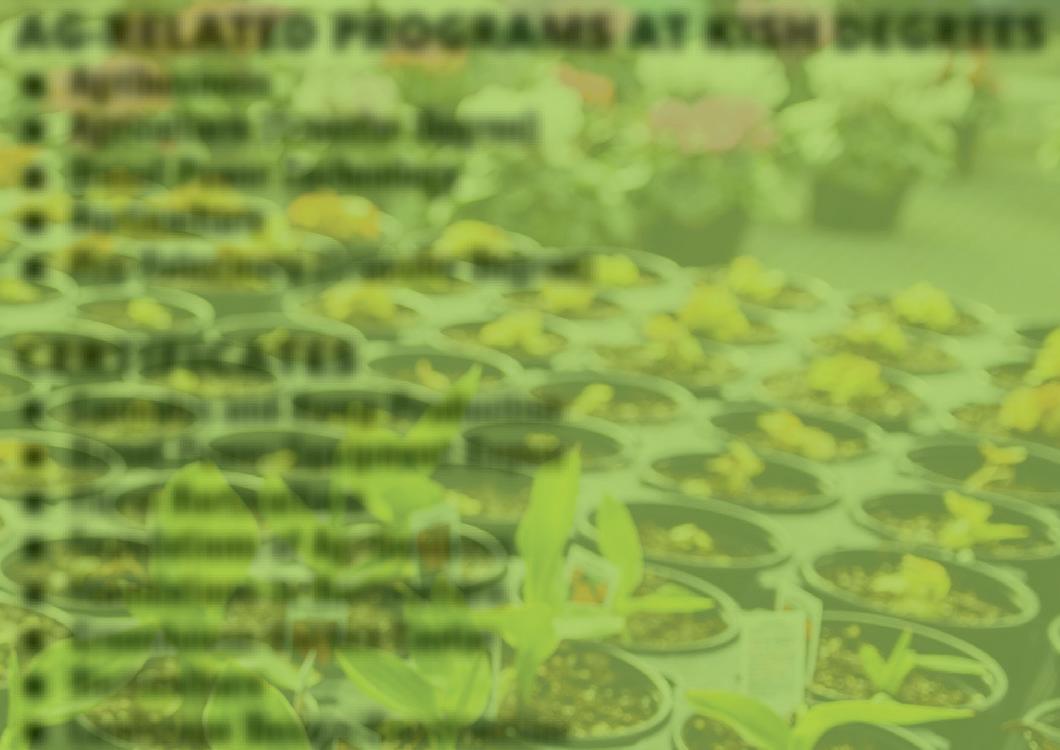
Agribusiness
Agriculture (Transfer Degree)
Diesel Power Technology
Horticulture
Pre-Veterinary (Transfer Degree)
CERTIFICATES
Cannabis and Hemp Production

Diesel Power/Equipment Repair

Floral Horticulture
Foundations of Agribusiness
Foundations in Horticulture
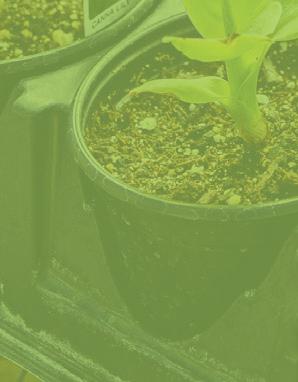
Greenhouse/Garden Center
Horticulture
Landscape Design/Construction
Precision Agriculture
SHORT-TERM TRAINING
Truck Driver Training
Veterinary Assistant
Plant

NO MAJOR CHANGES expected for conservation programs in new farm bill
By Martha Blum | AgriNews PublicationsThe development of the new farm bill in 2023 will be impacted by the work of the Congressional Budget Office.
Many of the programs in the current farm bill, the Agriculture Improvement Act of 2018, will expire on Sept. 30.
“The Congressional Budget Office is a group of economists that are required to take the farm bill at the date of expiration, presume for 10 years there will be no changes and run the economic analysis on prices, yields, unemployment, etc.,” said Jonathan Coppess, University of Illinois associate professor of law and policy.
“They estimate what they think the programs will spend during the 10-year window and that’s the baseline that controls
how the farm bill is written,” said Coppess during a presentation in DeKalb at the 2023 Illinois Farm Economics Summit, hosted by University of Illinois Extension and the farmdoc team from the U of I Department of Agricultural and Consumer Economics.
The vast majority of the spending in the farm bill is under the Supplemental Nutrition Assistance Program.
“SNAP is the direct assistance to lowincome families to help them purchase food,” said Coppess, who is also the director of the Gardner Agriculture Policy Program. “Roughly 40 million Americans get assistance through this program.”
Spending for the nutritional programs totals from 80% to 85% of the farm bill funds, Coppess said.
The remaining 15% to 20% of the
funds go out through the crop insurance, conservation and crop commodity programs.
“For the 2018 farm bill, Illinois ranks fifth in the nation for total funding,” Coppess said. “We rank 10th for the crop commodities, third for conservation and fifth in the country for SNAP. For crop insurance, Illinois farmers put in more money than they get out and that’s how insurance should work.”
The largest part of the crop commodity section is the Price Loss Coverage program.
“There’s been talk about adjusting reference prices up because prices and costs are high,” Coppess said. “That gets expensive when you score that for 90 million acres of corn over 10 years, so we might be above the reference prices now, but over 10 years the likelihood of payments gets very expensive.”
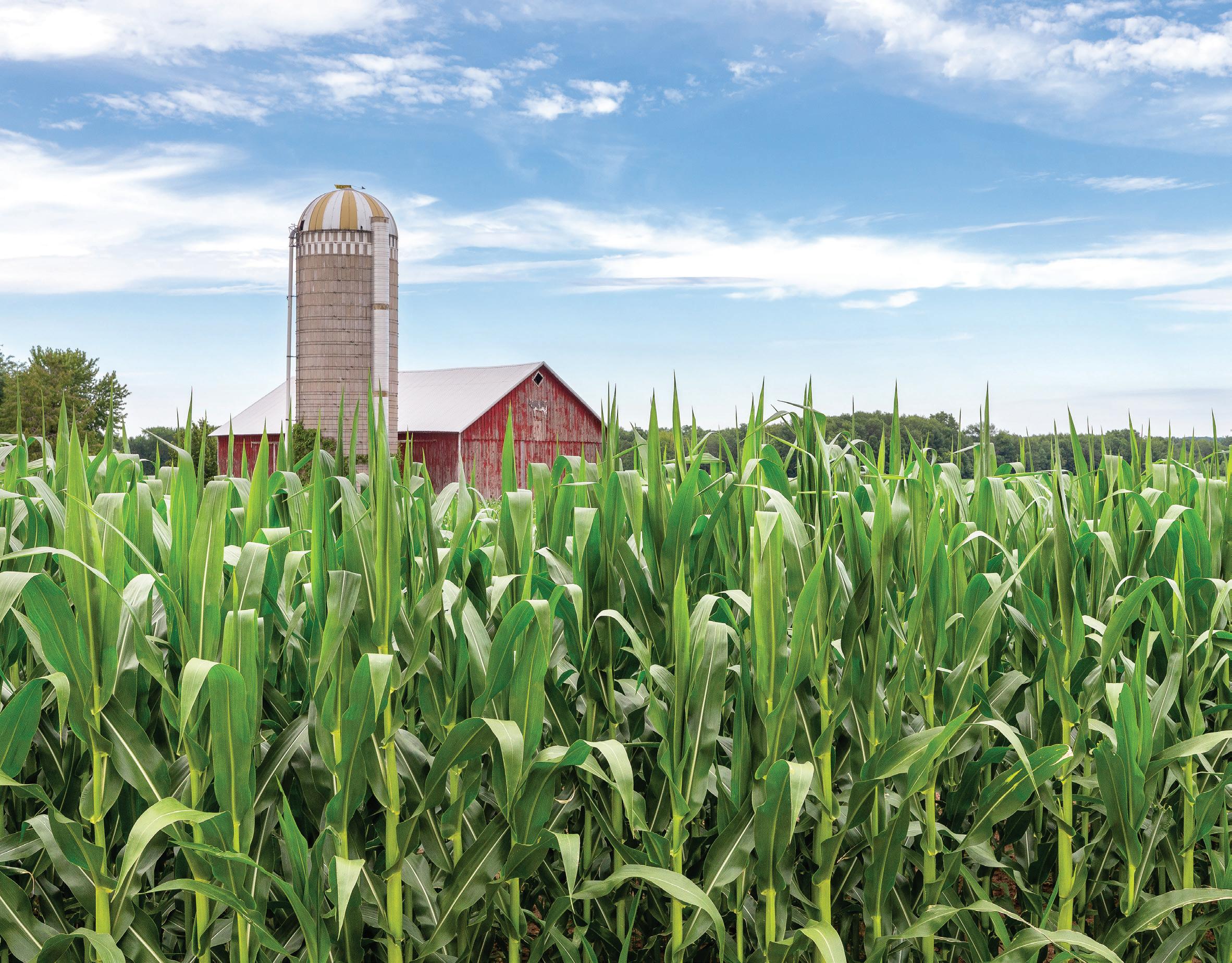
Cotton, rice and peanuts are grown on much smaller number of acres in the South.
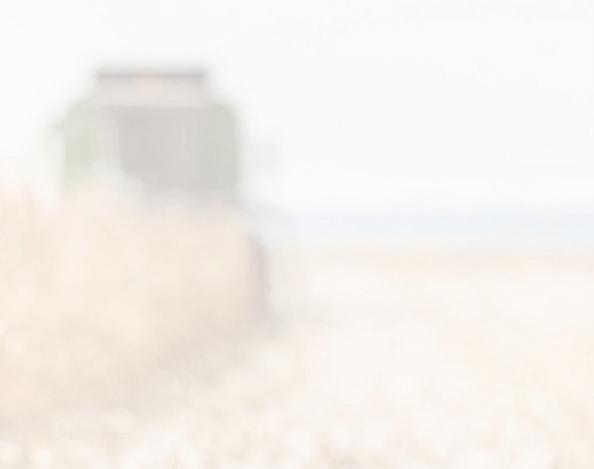
“All the reference prices are well above where we think market prices will go,” Coppess said. “It’s easier if you have a million acres of peanuts to push up the reference prices because the baseline over 10 years doesn’t show it in the same way as corn and soybeans.”
Coppess is not expecting significant changes in the conservation programs for the new farm bill.
“Unlike Title 1, where prices have an impact on payments, conservation is pretty much a fixed amount of money,” he said. “The Conservation Reserve Program is the big one and it is well below the acreage cap right now.”
The next largest conservation program is the Environmental Quality Incentives Program, which provides cost-share for farmers to do conservation practices.
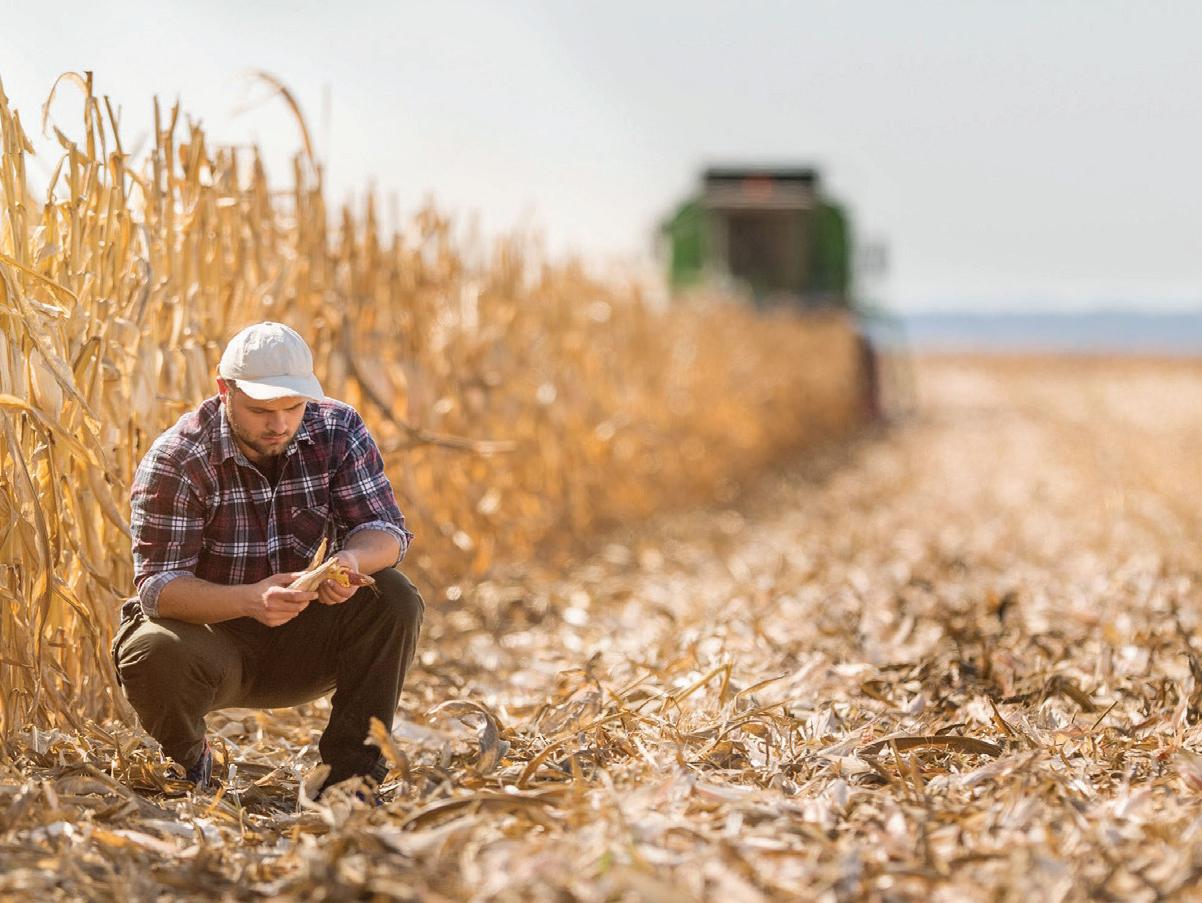
“The Conservation Stewardship Program was revised in 2018 and is not likely to change a lot,” Coppess said.
“When we’re talking about spending and baseline issues, crop insurance is a big topic because the vast majority of spending is for premium subsidies,” he said.
The last several years have been quite unique, Coppess said.

“At no point in our history can I find an analog to what’s happened the last few years with the supplemental assistance that has come outside of the farm bill programs with the Market Facilitation Program and the pandemic assistance,” Coppess said.
“I don’t know how this is going to impact the politics and negotiations of the farm bill because we have no experience with this before,” he said. “Somehow and someway this is going to impact it, I just don’t know how.”
The pandemic assistance has expanded beyond typical covered commodities to include fruits, vegetables and livestock.
“These things have gotten
Share your input on the ’23 farm bill
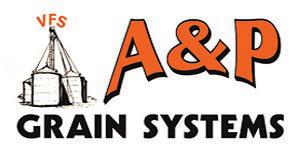
The United States Committee on Agriculture, Nutrition and Forestry began hearings for the 2023 farm bill in November 2022. Ideas and proposals for the 2023 farm bill, as well as feedback about the 2018 farm bill, can be submitted to the committee via an online form at www.agriculture.senate.gov/ farm-bill-input or by email at FarmBill2023@ag.senate.gov.
assistance that don’t normally get payments in Title 1 and I don’t know how that plays out,” Coppess said. “You’ve got to pay for that and none of this funding goes into the baseline.”

Another unprecedented event was the creation of the Inflation Reduction Act of 2022, Coppess said.
“It includes $18 billion appropriated over multiple years for conservation title programs that is also not in the CBO baseline,” he said. “This is designed largely around climate change issues to help with soil carbon and nutrient losses, so it sets up a unique political environment that alters our political dynamic.”

As work on the new farm bill begins, Coppess said, the strength of the farm bill has been the ability to gather votes in the Senate and House of Representatives that are bipartisan, across the regions and include both rural and urban communities.
“If we get into the focus of cut spending and it becomes a partisan fight on SNAP, we know how that plays out because the last two farm bills have been derailed to some degree by that exact fight,” he said.
The 2023 farm bill will mark 90 years since the Agricultural Adjustment Act of 1933 was signed into law by President Franklin D. Roosevelt.
“There are a lot of question marks for the new farm bill and I’m not sure how it is going to play out,” Coppess said.

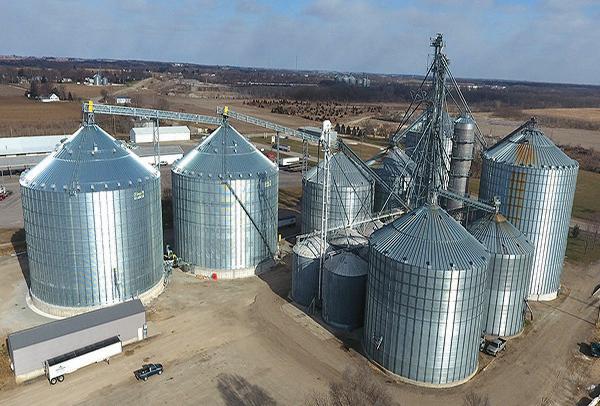
In South America,
FARMERS EXPAND WITH DOUBLE, TRIPLE CROPPING
By Martha Blum • AgriNews PublicationsSouth American farmers have the opportunity for double or triple cropping since they can plant crops all year.
“In the current crop season, the total land use is 124 million acres,” said Joana Colussi, University of Illinois postdoctoral research associate. “The total planted area is 189 million acres and those additional acres are from double or triple cropping.”
The three corn crops during the year are planted in different seasons and different regions, said Colussi during a presentation in DeKalb at the 2023 Illinois Farm Economics Summit, hosted by U of I Extension and the farmdoc team from the U of I Department of Agricultural and Consumer Economics.
“The first corn crop is in the south of Brazil and the second corn crop called the safrinha happens in the fall and winter,” she said.
“They harvest soybeans in February and plant corn the same day and the third crop is planted in northeast Brazil and that is less than 2% of the corn production in Brazil.”
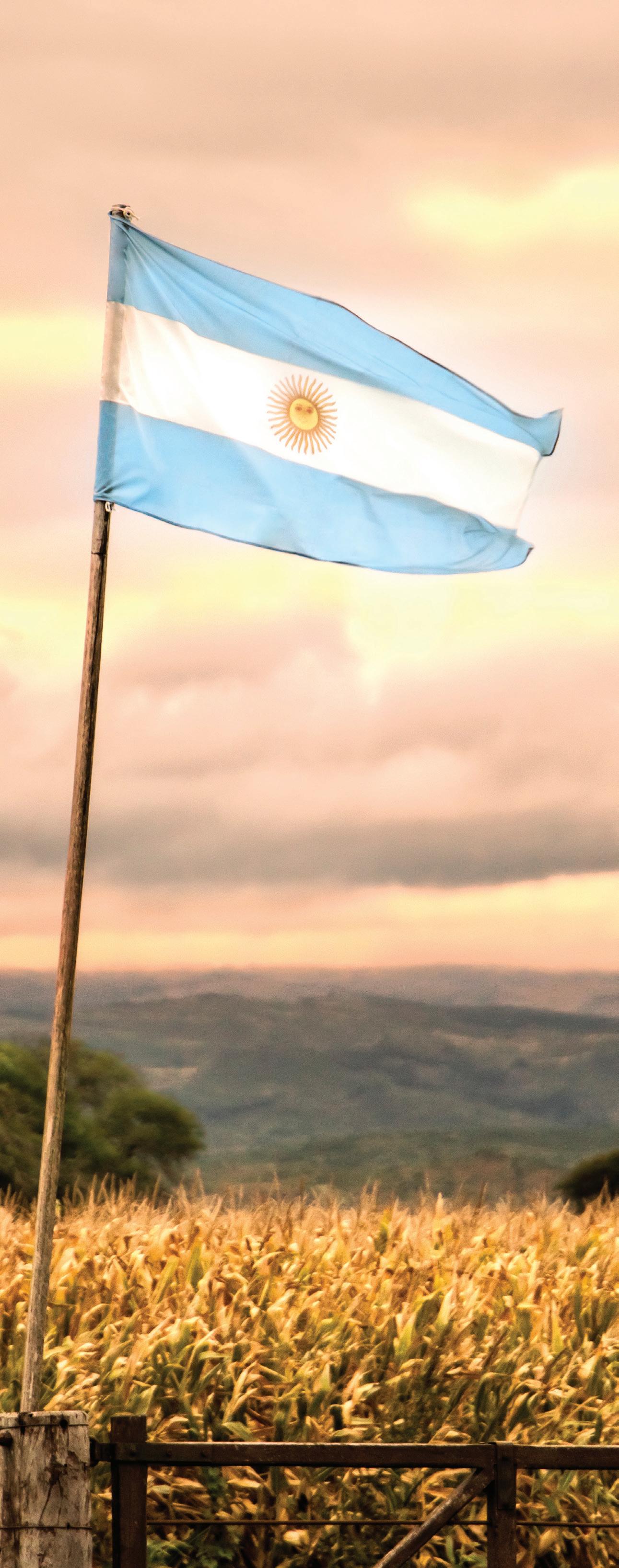
Colussi said South America produces more soybeans than the United States and is becoming a more important producer of corn.
“South America produces 7.2 billion bushels of soybeans and that is 54% of the world share,” she said. “The U.S. produces 35% of the world share.”
For corn production, Colussi said South America produces 6.7 billion bushels of corn, which is 15% of the world share compared to the United States which produces 31% of the world share.
For the 2022-2033 crop season, Brazilian soybean acreage is expected to grow 5% to reach 107 million acres, Colussi said.
“Brazil is expected to produce a record 5.6 billion bushels of soybeans, which is an increase of around 20% compared to last season,” she said.
Corn acreage in Brazil is expected to grow 4% in 2022-2023 reaching 55 million acres, Colussi said.
“That’s a new record and it represents an increase of 12%
compared to last season and that’s for the first crop,” she said.
“Brazilian corn exports hit a record in 2022 at almost 44 million metric tons and exports to China will shake up Brazil’s corn market in 2023,” she added. “China signed an agreement to import corn in May 2022 and the shipments started in November.”
With this agreement with China, Colussi said Brazil could reach corn exports of almost 50 million tons in 2023.
“That amount is close to the forecast for U.S. corn exports in 2023 of 53 million tons,” she said.

The high domestic demand and the global prices are drivers for expanding planted acres in Brazil, along with the depreciation of the Brazilian currency relative to the U.S. dollar.
“One dollar equals 5.4 Brazilian reals,” Colussi said. “And Brazil is expanding its ethanol corn production – currently, there are 17 ethanol plants in operation.”
In Argentina, 85% of the corn and 90% of the soybeans were planted as of Jan. 5.
“The planting progress is similar to last year. However, around 70% of the soybeans were planted outside of the ideal period when maximum potentials are
reached,” Colussi said. “Instead of October to November, many farmers planted in December because of the dry weather.”
The late season corn yields depend on rain coming in the next few weeks.
“The forecasts are not optimistic about rainfall and this is the third consecutive La Niña year where temperatures are below average across the Pacific Ocean,” Colussi said. “La Niña usually creates a hotter and drier summer in Argentina and so far it has been doing so.”
For the past three years, the period from August to December has been the driest in over 30 years, Colussi said.
“The Argentina 2022-2023 wheat harvest was the lowest in seven years – 45% smaller,” she said. “The minimal rainfall levels and late season frosts contributed to the extremely low yields at an average of 30 bushels per acre.”
However, in Brazil, good growing conditions and higher acreage resulted in a record wheat crop.
“Brazil increased the wheat area last year around 12%, especially because of the war in Ukraine,” Colussi said. “While Brazil typically relies on Argentina wheat as a main source
of imports for domestic demand, this year may require Brazil to import larger amounts of wheat from suppliers such as Canada and the U.S.”
Because of the weather conditions, the corn acreage in Argentina is expected to decrease 8% in 2022-2023.
“Argentina is projected to produce 1.9 billion bushels of corn, a decrease of 15% from last year,” Colussi said.
Argentina farmers will likely increase soybean acreage 3% from last year.
“The area is expected to reach 41 million acres and produce 1.7 billion bushels of soybeans,” Colussi said. “But Argentina soybeans are still in the early stages of their season and they are behind normal development from La Niña.”
Soybean sales from Argentina spiked in November 2022.
“That was after the government revived a policy that allowed farmers to tap a preferential exchange rate to attract U.S. dollars,” Colussi said.
“Since Argentina’s corn crop is stressed, the U.S. should eventually have a better chance of selling corn before Brazil’s safrinha harvest in July,” she said.
